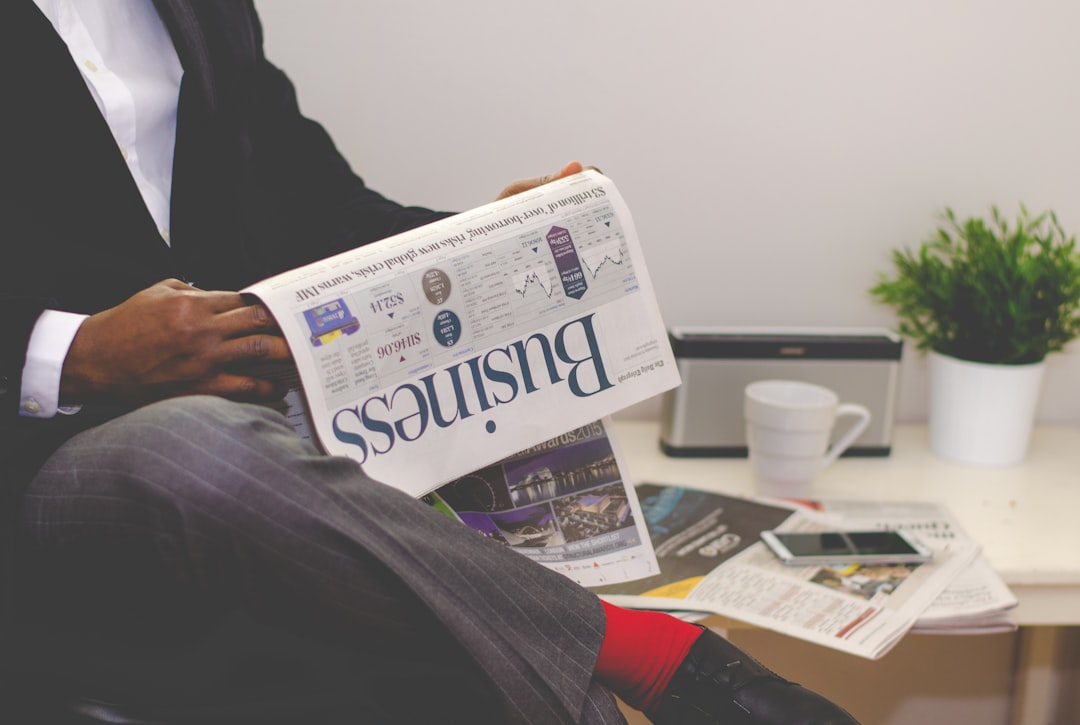
How to Teach Basic Economics: A Comprehensive Guide.
## Introduction. Teaching basic economics can be both rewarding and challenging. Economics is not just about money; it's about how societies allocate resources, the choices they make, and how those decisions affect individuals and communities. Understanding its principles can empower learners to make informed decisions in their daily lives and contribute effectively to society. This guide provides educators with effective strategies to teach basic economics in a way that engages students and reinforces their understanding. ## Understanding Your Audience. Before diving into teaching, it's essential to understand the demographic and cognitive levels of your audience. Tailoring your approach based on the age group is crucial. For younger students, using relatable examples like snacks or toys can simplify complex concepts. Older students, such as high schoolers, may benefit from case studies and real-world applications. Engaging learners by assessing their existing knowledge and interests will help create a more effective and relevant economic education experience. ## Utilizing Real-Life Examples. Real-world applications of economic principles can significantly enhance learning. Introducing concepts like supply and demand can be done through examples like seasonal sales in retail stores. Discussing current events, such as fluctuations in gas prices or the impact of a new tax policy on local businesses, gives students context. Encourage students to participate in discussions about how these issues affect them personally. Bringing in news articles, videos, or social media content can facilitate fruitful class discussions and encourage critical thinking about economic issues. ## Interactive Teaching Methods. Engagement is key to effective learning. Incorporating interactive teaching methods can help solidify students' understanding of economic concepts. Activities such as role-playing exercises allow students to assume the perspective of various economic agents, such as consumers, producers, or government officials. Simulations of market behavior, where students buy and sell goods in a mock marketplace, provide hands-on experience with economic principles. Additionally, incorporating technology through educational platforms or apps can introduce games that focus on economic skills in a fun and interactive way, catering to the digital savvy of modern students. ## Incorporating Multimedia Resources. Today's learners enjoy varied and visually engaging content. Supplement your lessons with videos, podcasts, documentaries, and infographics that break down economic principles into digestible formats. Whether it's a widely recognized documentary discussing economic crises or a creative YouTube video that illustrates basic economic concepts, multimedia resources can enhance understanding. Visual and auditory stimuli can cater to different learning styles, increasing the likelihood of comprehension and retention. ## Encouraging Critical Thinking. Economics is not merely about facts and figures; it's about analyzing situations and making informed decisions. To foster critical thinking among students, incorporate problem-solving exercises that challenge them to analyze economic conditions or case studies. Assigning projects that require independent research on economic phenomena encourages deeper understanding. Ask students to predict outcomes based on different economic scenarios or policies they learn about, allowing them to explore cause and effect in economic environments. ## Assessment and Feedback. Giving students opportunities to demonstrate their understanding of economic concepts is vital for reinforcing learning. Consider using a combination of quizzes, group presentations, and reflection assignments. Feedback plays a crucial role in supporting student growth. Make sure to provide constructive criticism that guides students toward deeper understanding rather than merely focusing on correct answers. Encourage peer review to foster collaborative learning environments where students can learn from each other's perspectives. ## Conclusion. Teaching basic economics can be a fulfilling endeavor that prepares students to navigate the complexities of modern life. By understanding your audience, utilizing real-life examples, incorporating interactive methods, and emphasizing critical thinking and assessment, you can create an enriching learning environment. Remember, the goal isn't just to teach economics but to cultivate informed individuals who can apply these principles in their everyday decisions and contributions to society. ## Final Thoughts. By implementing these strategies, educators can successfully teach basic economics in captivating and meaningful ways, ultimately inspiring the next generation of thinkers, innovators, and responsible citizens. .






